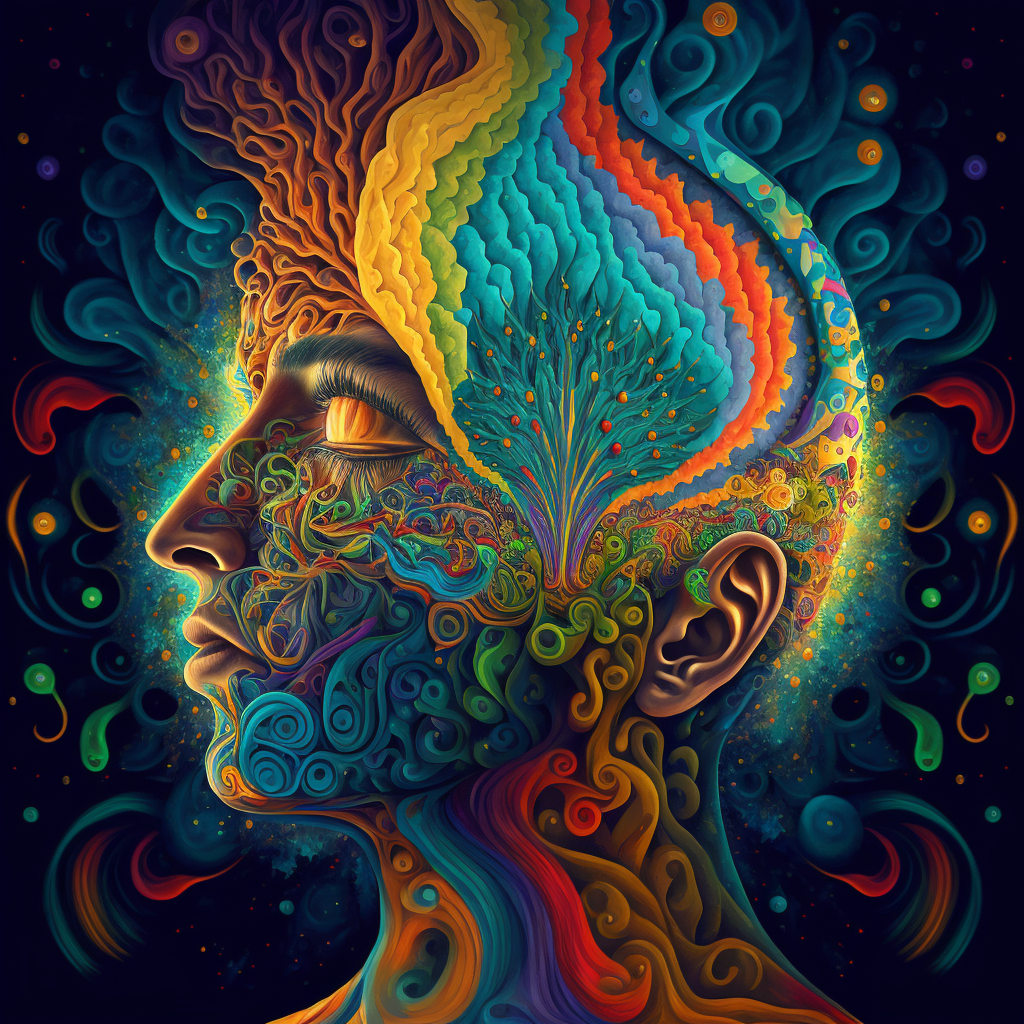Psychedelic imagery, characterized by its vibrant colours, bold patterns, and abstract shapes, has been a popular subject in the world of art and design for decades. With the advent of artificial intelligence, a new realm of possibilities has emerged for the creation of psychedelic imagery.
Artificial intelligence, specifically machine learning, has allowed for the creation of psychedelic imagery through the use of algorithms and neural networks. One of the recent approaches to generate such imagery is through the use of Diffusion Networks. Diffusion Networks are a type of neural network that are able to generate high-resolution images by gradually adding details to a low-resolution image. This allows for the creation of unique and intricate imagery, with a high level of control over the final output.
The process of creating psychedelic imagery with Diffusion Networks involves training the network on a dataset of images and then using the trained network to generate new images. The network learns to identify patterns and features in the images it has been trained on, and can then use this knowledge to create new and unique images.
One of the advantages of using Diffusion Networks to create psychedelic imagery is that they can generate images at high resolutions while preserving the abstract and surreal qualities that are characteristic of psychedelic imagery. The generated images can be used in various applications such as digital art, fashion, and interior design.
In conclusion, the use of artificial intelligence in the creation of psychedelic imagery is an exciting and rapidly evolving field. With the advancements in neural networks, particularly Diffusion Networks, we are able to create never-seen-before abstract and surreal images, taking the art of psychedelic imagery to a whole new level.
Full Collection on YouTube














